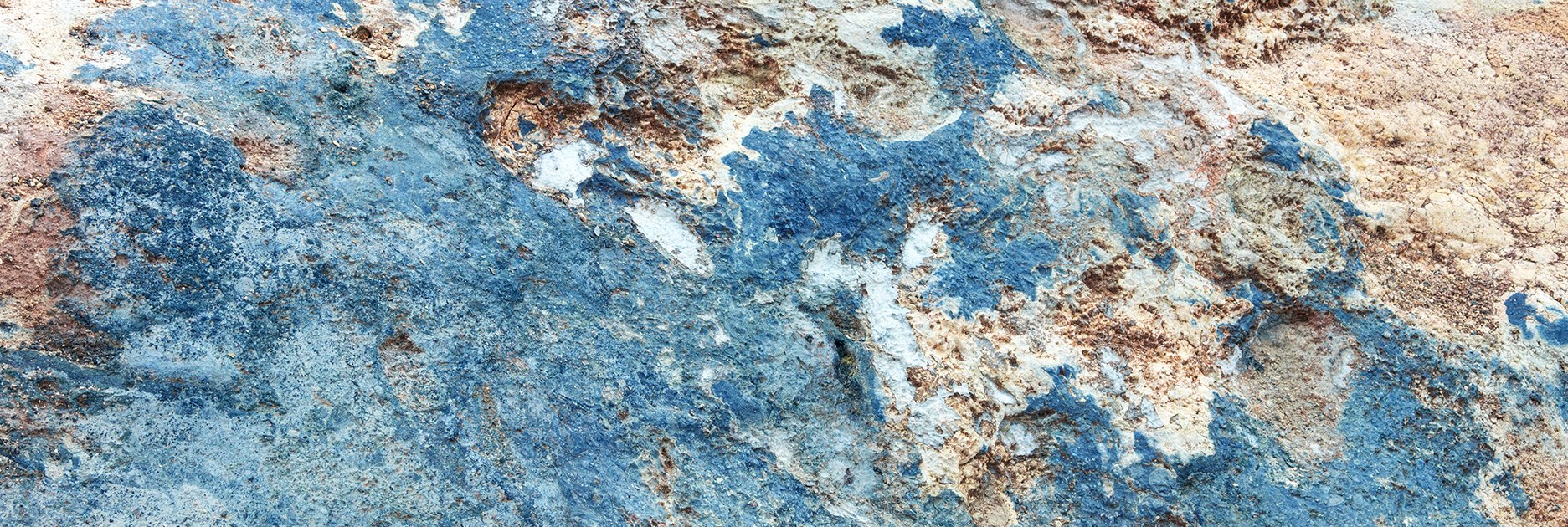

This deposit type groups together a wide range of deposit styles and mineral assemblages. Two of the largest and most well-known deposits of this type are the European Kupferschiefer and the Central African Copperbelt. These mineralized sediments are always found above oxidized terrestrial clastic sediments. Major deposits are characterized by ore minerals contained within organic-rich pyritic shales and sandstones deposited in a near-shore lagoonal environment, under reducing conditions. They account for over 50% of world cobalt mined production. These deposits are primarily worked for copper with cobalt as a by-product. Cobalt sulfides occasionally occur in lead-zinc deposits in quantities sufficient to justify their recovery.

Huge nickel-containing deposits found in New Caledonia, Cuba, Celebes (Indonesia), and other regions contain a small quantity of cobalt in the form of oxide minerals, such as asbolite.Ī few pyrite (iron disulfide) deposits mined for their sulfur content contain enough cobalt to warrant the extraction of the latter from the roasted residue. In the copper-nickel-iron sulfide mines of Canada, Australia, Russia, and other regions, cobalt is present in place of nickel in many minerals.Ĭobalt arsenides, such as smaltite, safflorite, and skutterudite, with the sulfoarsenide cobaltite and the arsenate erythrite, are mined in Morocco and on a much smaller scale in many other countries. In the copper-cobalt ore bodies of central Africa and Russia, cobalt occurs as sulfides (carrollite, linnaeite, or siegenite), the oxide minerals heterogenite (hydrated cobalt oxide) and asbolite (a mixture of manganese and cobalt oxides), and the carbonate sphaerocobaltite. Nearly all cobalt is found associated with ores of copper, nickel, or copper-nickel.


 0 kommentar(er)
0 kommentar(er)
